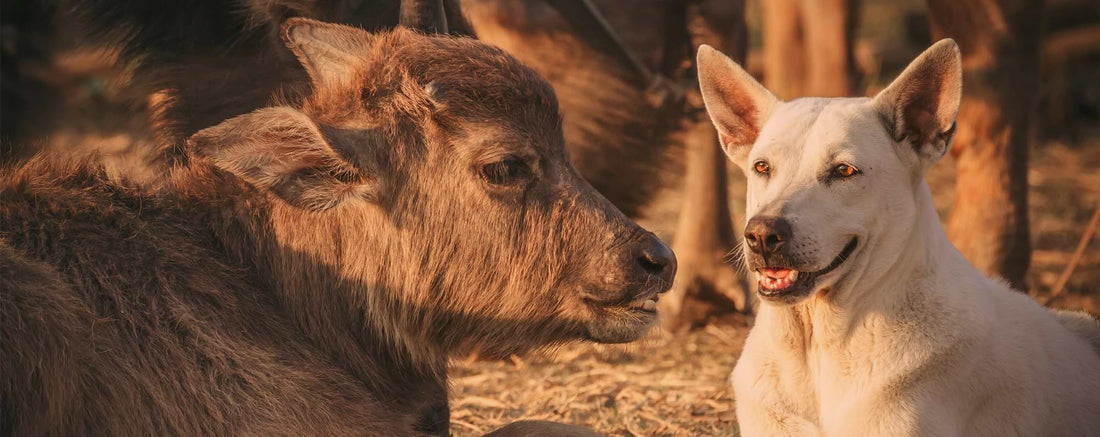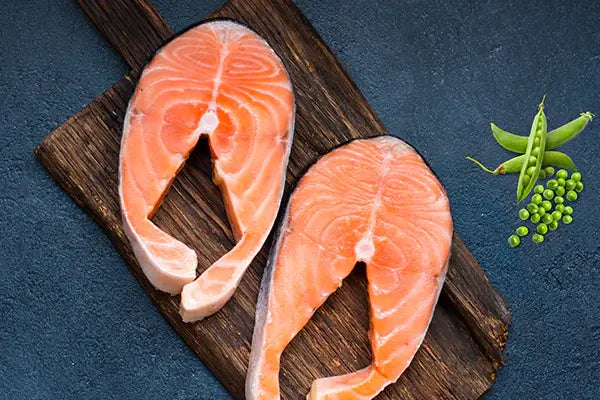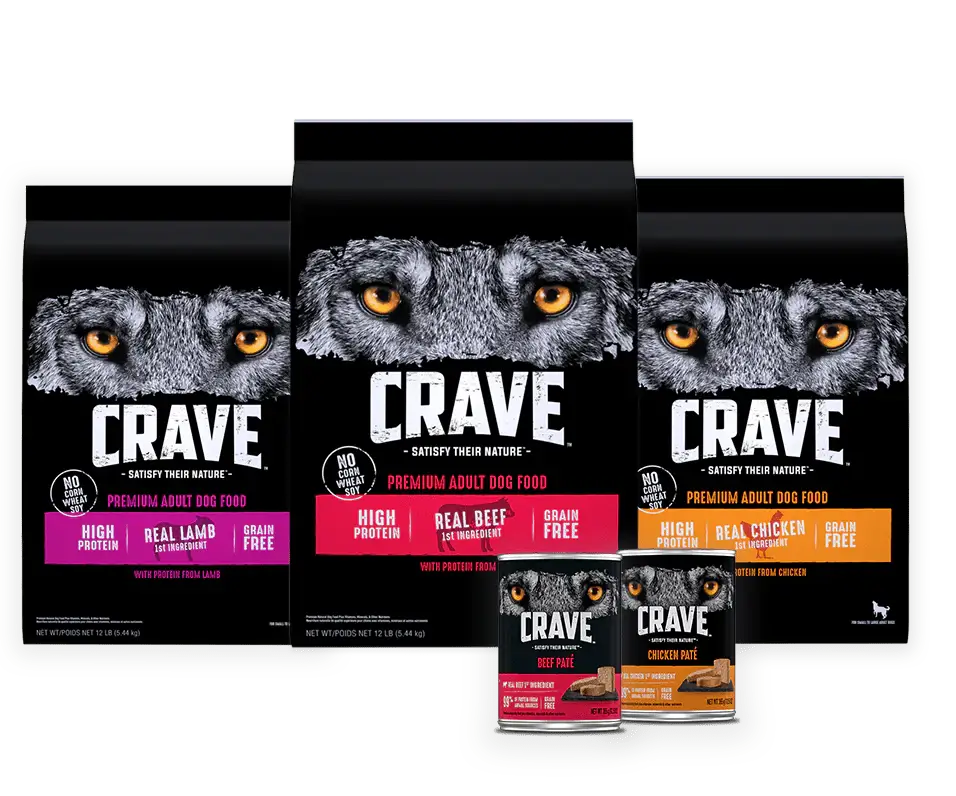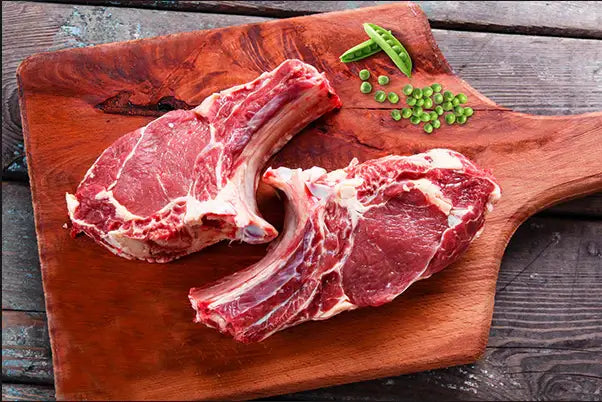This dog has a name, but the sheep he protects don’t have much use for it. He doesn’t have one single owner, though the humans he works with care for and feed him. He is only 3 years old, but his genes carry thousands of years of instinctual information that makes him perfect for protecting herd animals. He is a companion, a scout, a guardian and — for the right human — a lover of tummy rubs.
Livestock guardian dogs like this guy are often referred to in terms of their roles or their qualities. On any given day, this one might be called a “guardian,” a “smooth hair” or a “light coat.” He belongs to a group of dogs that range out around their herds and protect them from predators. His work day is about to start.

6:27 a.m. — Sunrise
The guardian dogs sleep lightly, ears pricked, listening for a coyote’s yip or a wolf’s pant. Last night they ranged almost 3 miles away from the flock. Now, with the sun’s light warming the sheeps’ wool, they make their way back. These animals are family, and they often take their morning meal together.
A livestock guardian is in constant motion during the day and burning calories from sunrise to sunset. That’s why their caretakers leave out bowls of high-protein food, like what you find in CRAVE™ dry dog food diets. Additionally, water is invaluable, so wet-food diets can also help these rangers stay hydrated during an active day.

8:34 a.m. — Farewell for now
After a brief reunion, it’s time for the dogs to head out on the job again — but not before checking in on their favorite sheep. It’s not unusual for a guardian dog to bond with specific animals, which they’ll check in with in the morning and greet with a dusty lick. Our “smooth hair” is innately loving around his flock and feels compelled to keep its members safe. For these working dogs, natural instincts provide more direction than any training can.
Those instincts come from careful breeding and selecting for protective traits. Breeds like Great Pyrenees, Anatolian shepherd and kuvaszok are dedicated protectors strong enough to confront predators, but gentle enough to cooperate with their human colleagues.

3:15 p.m. — Crossing paths
The guardians have spent the early part of the day ranging far out from the herd, picking up scents and stopping for brief rests in the shade. They have found signs of coyotes, but so far the predators have been smart enough to stay away. Around the middle of the day, the dogs on the forefront of the herd encounter guardian dogs of another flock. They recognize each other by scent, and intermingle.
Unlike their domestic counterparts, these dogs don’t always have traditional “owners.” They receive training, food and affection from their human colleagues, but to these dogs, it doesn’t particularly matter which humans. They are freelancers in a sense, protecting the flock because they are naturally inclined to do so. They are fed and loved for their services, but are free to come and go as they please.

10:19 p.m. — Defending the flock
Somehow, a group of coyotes has slipped through the net of guardian dogs. Their golden eyes float through the dark, searching for a straggler. As a group, they encircle a tired sheep, but the herding dogs are quick to act. The snarling and barking that travels across the prairie is a clear signal to the guardian dogs. They immediately return to the herd, placing themselves between the coyotes and their potential prey. The “smooth hair” lets loose booming barks that send the coyotes scattering back into the night. The herd is safe again, for now.

12:05 a.m. — The best defense
With their job done, the dogs are satisfied. Before lying down to sleep, they patrol the perimeter one final time, marking their territory as they go. Instinctively, the dogs know that this is one of the best means of defense against wolves, who will generally avoid any territory that has already been claimed by another pack.
This “smooth hair” and his colleagues have just added another day to the 15,000-year story of interspecies cooperation between dogs and humans. In exchange for a consistent source of food and companionship, these dogs deliver a natural defensive barrier that even human technology can’t rival. Their partnership has proven, once again, the value of our shared history.





